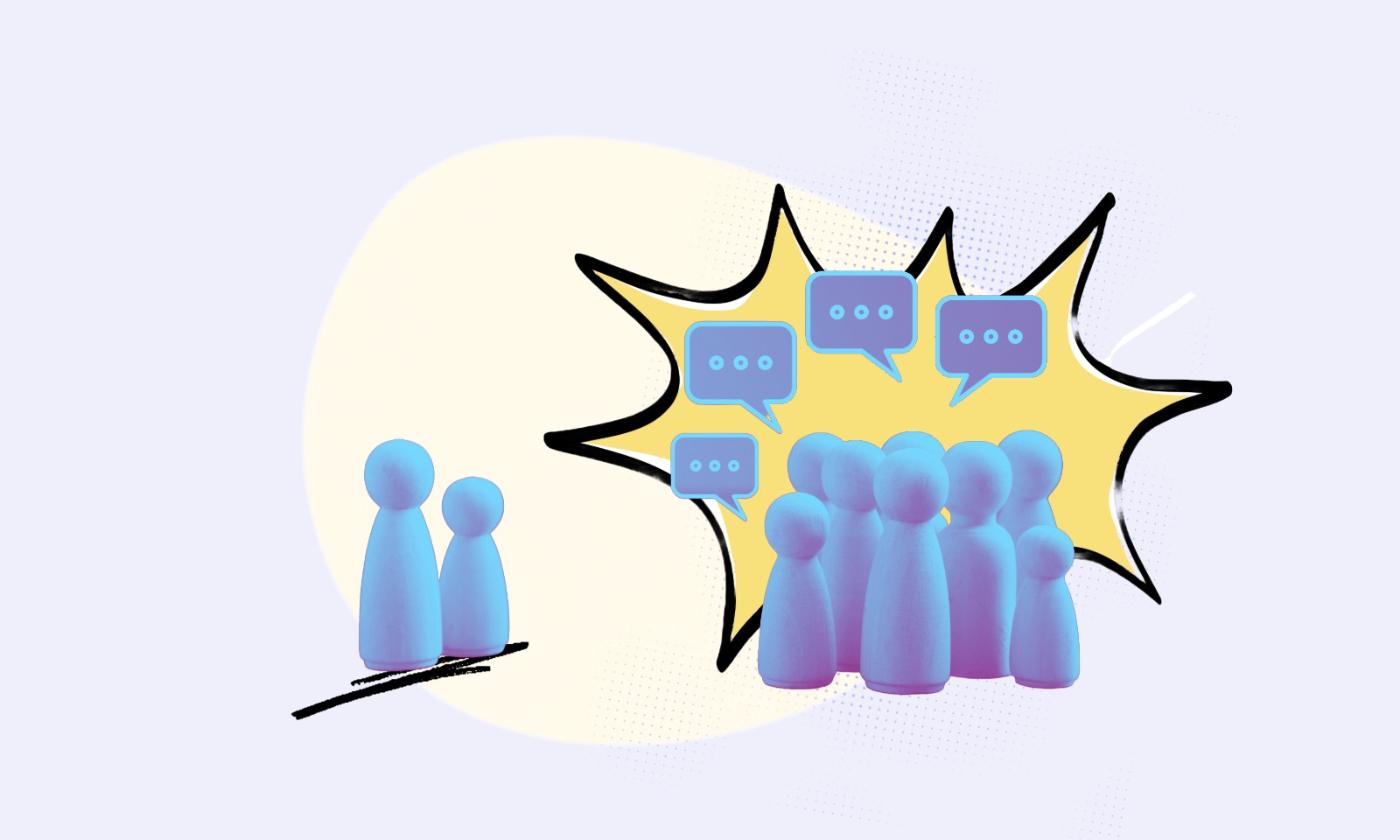31 Oct 2023
Technology
2
min read

Nathan Saldanha
,
Sales Director
Mastering headless CMS for future-proof digital strategy
In our ever-evolving digital landscape, the concept of a "headless" CMS has emerged as a compelling alternative to traditional CMS systems.
For decision-makers in businesses, understanding the nuances of this shift is critical. This article aims to dissect the headless approach and shed light on its strategic implications.
Demystifying the headless approach
Headless CMS fundamentally separates the backend content management functionalities from the frontend presentation layer.
Advantages:
Flexibility and freedom: With the frontend decoupled, developers can choose any technology stack. This means adapting to newer frameworks or making drastic design changes becomes easier without altering the core content.
Omnichannel consistency: A headless CMS delivers content via APIs, allowing seamless content distribution across a myriad of platforms - from websites and mobile apps to smartwatches and IoT devices. This ensures brand consistency across varying digital touchpoints.
Future-proofing: As emerging technologies and channels come to the fore, a headless CMS can quickly adapt without needing an overhaul. It's built to evolve without becoming obsolete.
Scalability: As organisations grow, so does their digital infrastructure. A headless CMS can effortlessly scale to accommodate increasing content and user demands.
Challenges:
Complexity for non-tech teams: Visualising the final output during content creation becomes a challenge, as non-developers might find it tough to preview the end-user experience.
Potential overheads: Relying on multiple toolsets can sometimes introduce unexpected challenges or integration issues. It might demand extra resources or integrations to mimic the functionalities of traditional CMS.
Use cases for a headless CMS:
Diverse digital footprint: Businesses aiming for a consistent presence across different digital platforms can benefit immensely from the unified content delivery a headless CMS like XM Cloud offers.
Rapid iterations: Businesses that often overhaul their user interface or user experience can do so without disturbing the content backbone.
Hybrid architectures: Businesses leveraging a mix of technologies can pull content uniformly, ensuring a cohesive user experience.
Deciphering the right fit: Headless or not?
Choosing between headless and traditional CMS systems is a significant decision that impacts various facets of you business.
Headless CMS is Ideal for:
Dynamic businesses: If the business model requires rapid adaptation to changing digital trends, headless offers unmatched agility.
Tech-savvy firms: Businesses with robust in-house tech teams can exploit the full potential of headless systems, building custom-tailored frontend experiences.
Innovative start-ups: Emerging businesses, anticipating technological shifts or aiming to disrupt with novel digital strategies, will find headless systems a perfect fit.
Traditional CMS might suit:
Centralised web strategies: If a business revolves mainly around its primary website, the integrated nature of traditional CMS might be more beneficial.
Low-tech teams: Businesses without the bandwidth to manage a separate frontend might find traditional CMS systems more manageable.
Integrated experience seekers: There’s a certain convenience in having a platform where content creation, management, and presentation are interconnected. Some businesses prioritise this holistic approach.
For digital teams eyeing headless implementation
Transitioning to a headless approach is not without challenges. Here’s what digital teams need to focus on:
Skills upgrade: Modern frontend technologies require specific skill sets. Investing in training or hiring the right talent is critical.
Integration complexity: Integrating disparate systems can sometimes lead to unforeseen challenges. It's essential to test integrations rigorously and ensure compatibility.
Content Delivery Network (CDN) considerations: Efficiently delivering content across the globe requires a robust CDN strategy. The headless approach relies heavily on APIs, so ensuring quick and secure content delivery is paramount.
Security: Multiple delivery points might introduce vulnerabilities. Ensuring end-to-end security, from content creation to delivery, is non-negotiable.
Anticipate learning curves: Transitioning from a traditional system to a headless approach can be a cultural shift. It's crucial to be patient, provide training, and set realistic expectations.
Mitigating potential pitfalls:
Robust training: Transitioning to headless might be new territory for many team members. Comprehensive training sessions can alleviate apprehensions and build confidence.
Iterative approach: Instead of a full-blown migration, consider gradual shifts. This phased approach can help in identifying potential issues early on.
Regular audits: Staying updated with software patches, potential vulnerabilities, and emerging best practices is a continuous process. Regular audits and reviews can keep the system in optimal health.
One of the main advantages of going headless is the speed of the website. Generally a headless website will perform better than one that isn't Headless. However, the assertion that headless websites are inherently faster than traditional CMS websites is a common one, but it's not universally true in all circumstances.
The performance of a website depends on a myriad of factors, not just its architectural approach. Let's delve into the specifics of why headless architecture might lead to faster websites and also consider the nuances:
Why headless can be faster:
Optimised frontend technologies: Headless CMS often uses modern frontend frameworks (like React, Vue, or Angular). These frameworks can offer more efficient data rendering, especially for single-page applications.
Focused server tasks: Since a headless CMS only deals with delivering raw content (usually in JSON or XML format), the server doesn't get bogged down with rendering pages, which can lead to faster response times.
Content Delivery Network (CDN) integration: Headless architectures are typically more amenable to integration with CDNs, distributing content more effectively to global audiences.
Decoupled nature: Changes in the frontend or backend can be made independently without affecting the other, enabling teams to optimise performance without hurdles.
However, It's not always that simple…
Depends on implementation: A poorly optimised headless website can still be slower than a well-optimised traditional CMS site. For instance, excessive API calls, lack of caching, or a bloated frontend can negate the benefits.
Traditional CMSs can also be fast: Modern traditional CMSs have made strides in caching, asset optimisation, and other performance-enhancing features. With the right setup, they can be quite speedy.
Overhead of API calls: While API calls can be lightweight and quick, if a headless setup requires multiple API calls to assemble a page, it can introduce latency, especially if those calls aren't optimised.
Complexity: For some projects, introducing a headless architecture can add complexity, which might impact performance, especially if the team isn't experienced with this setup.
The potential for speed is certainly there with headless CMSs, but like any technology, it's about how you use it.
If implemented well, a headless approach can offer a performance advantage, but it's not a guaranteed outcome. The choice between headless and traditional CMS should be based on the project's requirements, the team's expertise, and long-term goals rather than just potential speed benefits.
Working with Codehouse
The rise of the headless CMS isn’t just a fleeting trend; it's indicative of the changing digital realities. For leaders and decision-makers, understanding its implications is not merely a technological consideration but a strategic one. The choice between headless and traditional CMS will significantly influence your business's digital trajectory.
At Codehouse, we have many years in design, building and integration. Our teams of consultants are available to help you get the very best from your tech stack. Get in touch to find out how.








